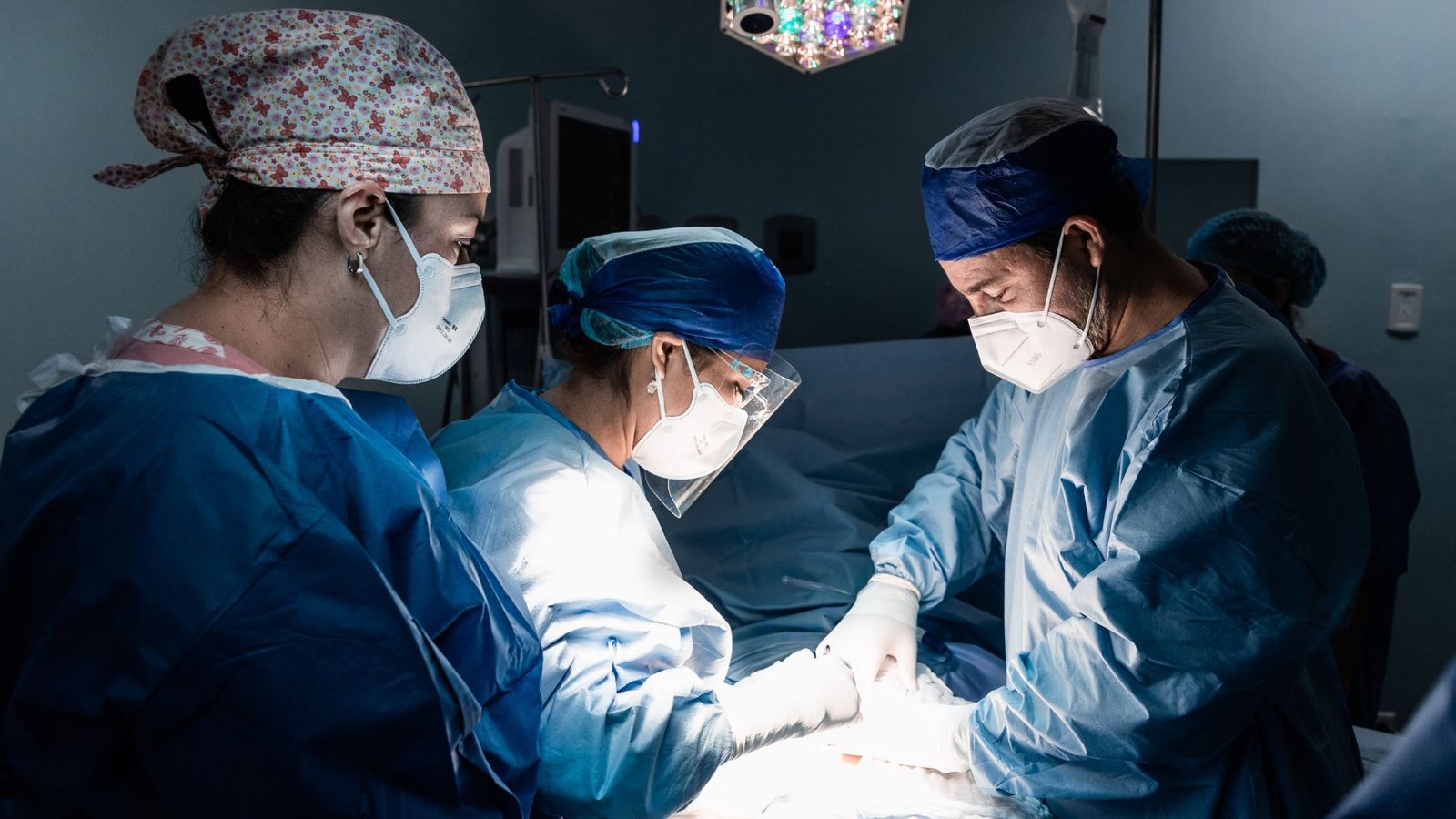
Why Prayer is Important Before Surgery
Prayer is a form of communication, expression, and connection with a higher power or a divine presence. It is a deeply personal and spiritual practice that can be found in various religious and spiritual traditions worldwide. Prayer often involves expressing gratitude, seeking guidance, offering supplication, or simply engaging in a conversation with the divine.
The importance of prayer varies from person to person, and its significance is deeply rooted in individual beliefs and experiences. Here are some common reasons why prayer is considered important:
- Spiritual Connection: Prayer allows individuals to cultivate a deeper connection with their spirituality and the divine. It provides a means to express one’s faith, beliefs, and devotion.
- Seeking Guidance and Strength: Prayer offers a way to seek guidance, wisdom, and strength from a higher power. It can provide comfort, solace, and a sense of direction during challenging times.
- Gratitude and Reflection: Prayer serves as a platform to express gratitude for blessings and reflect upon one’s life, experiences, and relationships. It fosters a sense of appreciation and mindfulness.
- Healing and Comfort: Prayer can bring comfort and healing to individuals experiencing physical, emotional, or spiritual distress. It offers a space for solace, support, and hope.
- Intentions and Intercessions: Prayer allows individuals to offer intentions and intercessions on behalf of themselves or others. It is a way to lift up concerns, hopes, and wishes to a higher power.
- Inner Peace and Emotional Well-being: Engaging in prayer can promote inner peace, reduce stress, and enhance emotional well-being. It can provide a sense of serenity, clarity, and calmness in the midst of life’s challenges.
- Community and Unity: Prayer often plays a role in bringing communities together, fostering a sense of unity, and creating a shared experience of faith and spirituality.
It’s important to note that the significance of prayer may differ based on individual beliefs and cultural practices. For many, prayer is an integral part of their spiritual journey and a way to nurture their relationship with the divine.
Benefits of Prayer
- Finding Inner Peace: Prayer can provide a sense of calmness and inner peace, easing anxiety and fear that often accompany surgical procedures. It allows individuals to find solace in their faith, bringing comfort and reassurance during a time of uncertainty.
- Seeking Divine Guidance: Prayer offers an opportunity to seek guidance from a higher power, inviting divine intervention and wisdom. It allows individuals to place their trust in something greater, knowing that they are not alone in their journey.
- Strengthening Emotional Resilience: Prayer cultivates resilience and helps individuals cope with the emotional challenges associated with surgery. It provides a channel to express hopes, fears, and gratitude, fostering a positive mindset and emotional well-being.
-
Gathering Support and Unity: Engaging in prayer before surgery allows individuals to gather support from their faith








